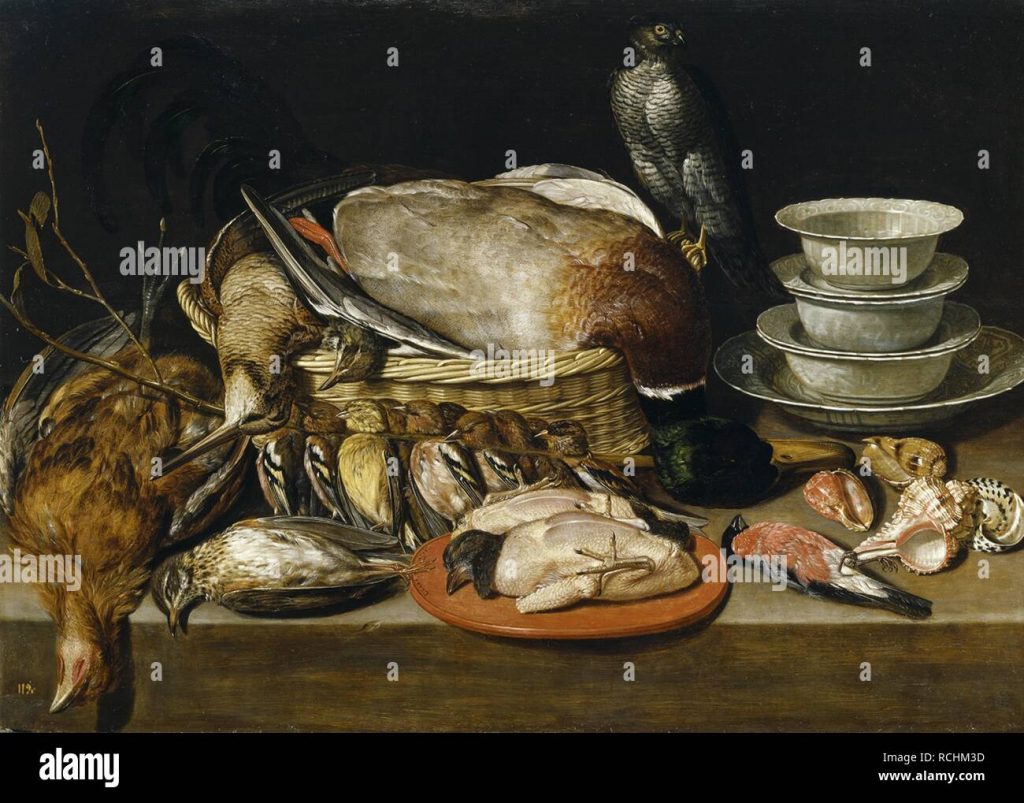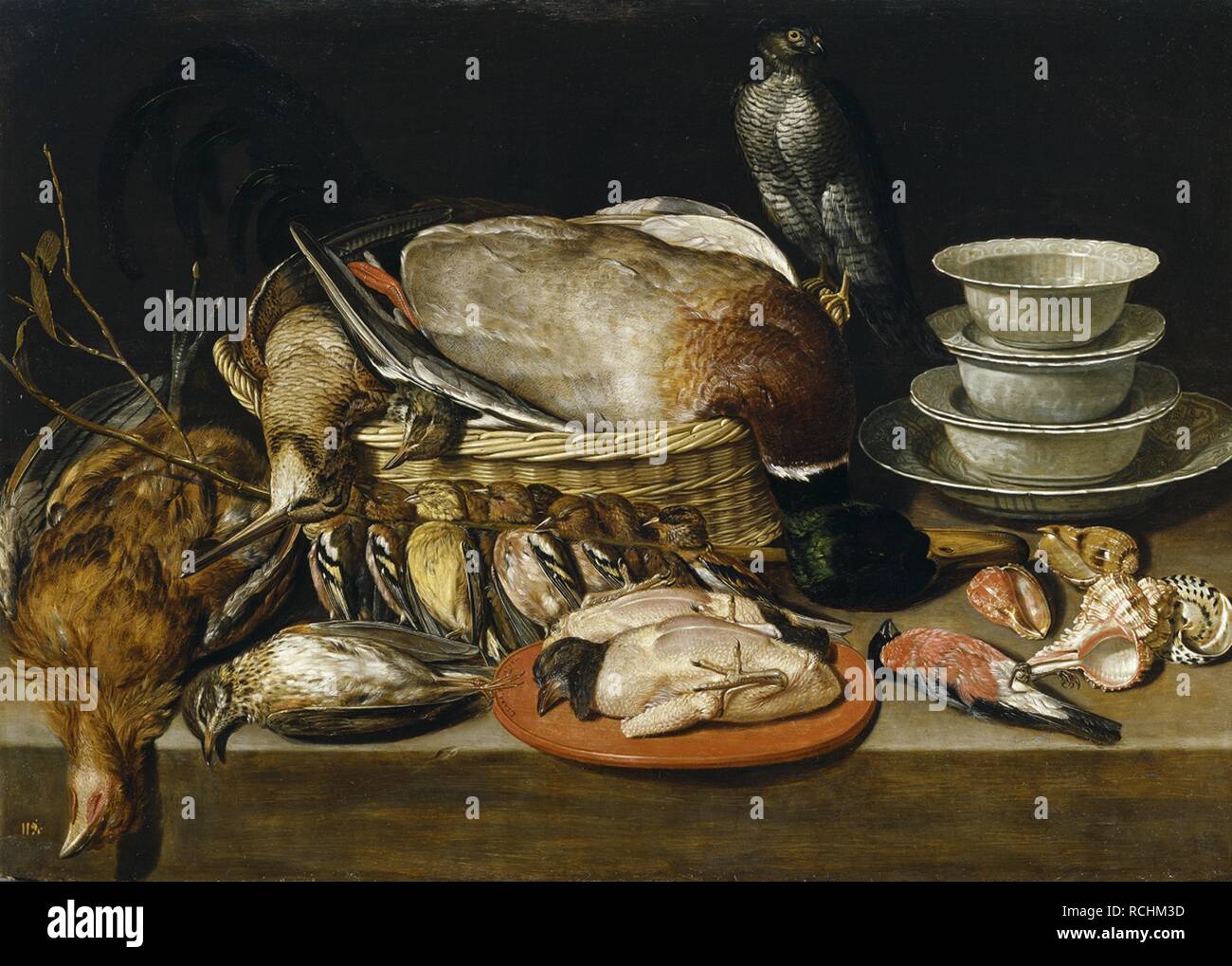
The Remarkable Realism and Beauty of Clara Peeters’s Still Life Paintings

Clara Peeters and the Eternal Present of Still Life Painting
In the shadowy corners of art history, where the genres overlooked by traditional critics dwell, a quietly revolutionary figure emerges: Clara Peeters. A master of still life in 17th-century Flanders, Peeters conjured entire universes on the oil-painted panels of breakfast tables and banquet sideboards. Her work transcends mere technique and sociological representation, offering instead a metaphysical meditation on time, beauty, and the enduring essence of being.
Still Life: A Genre Beyond the Decorative
Still life, or “natura morte” in Italian, has long been relegated to the lower tiers of art historical significance. Detractors dismissed it as decorative, technical exercises devoid of narrative or spiritual heft. Yet this view ignores the profound philosophical and emotional weight subtly embedded in the genre. In painting the perishable — food, flowers, crystal, candlelight — still life artists pause the moment, suspending decay and preserving vitality.
Unlike dramatic biblical scenes or grand portraits, still life works hold a different truth: the one so often missed in chaotic reality — the beauty of the ordinary.
“Still Life with Cheeses, Artichoke, and Cherries”: Monument to the Moment
Among Peeters’s many masterworks, “Still Life with Cheeses, Artichoke, and Cherries” (c. 1612–1618), housed at the Los Angeles County Museum of Art, is particularly evocative. A wheel of Gouda cheese, glazed with red wax and studded with salt crystals, dominates the canvas. It gleams not only as a realistic dairy product but as an emblem of the worldly — a symbol of Dutch wealth and aesthetic pleasure.
Surrounding the cheese is an almost surreal ensemble: a porcelain dish of butter marked by knife grooves, a cross-sectioned artichoke vibrant with pink and green hues, a crusty bread roll, and gleaming cherries. The arrangement, meticulously rendered, floats against a deep darkness, untethered from time or place. It is not merely a feast — it is an eternal platonic ideal of the feast.
Women and Still Life: A Space for Genius
Peeters’s inclusion in art history is remarkable, not only for her talent but for the conditions under which she produced her work. In a world where art guilds often excluded women, and where religious, historical, or mythological subjects were male-dominated arenas, still life offered a rare venue where a woman might excel. Peeters grasped this opportunity with both hands.
Documented works bearing her signature number at least 31, while many more are attributed to her. Scholars suspect she may have been a prodigy, producing sophisticated works before age 18. Her precise technique — rendering the shimmer of a pewter goblet or the fret of an almond’s shell — earned her acclaim in her time, though she was largely forgotten until her rediscovery in the 20th century.
Light, Darkness, and the Unsettling of Time
What most distinguishes Peeters’s work is not simply her virtuosity, but the eerie psychological terrain her still lifes inhabit. Spanish curator Alejandro Vergara-Sharp describes her manipulation of light and shadow as masterful — her objects resting in chiaroscuro voids, unanchored from physical context.
Take, for example, her “Still Life with Crab, Shrimps, and Lobster” (c. 1635–1640), now in the Museum of Fine Arts, Houston. The seafood glows with supernatural precision, nestled in an otherwise undecipherable darkness. These compositions are not static representations of meals; they are metaphysical stillings of time. Each object is reified in such uncompromising detail that it drips with uncanniness — too real, too vibrant, too eternal.
This quality transforms Peeters’s paintings from household vignettes into contemplative monads. As philosopher Henri Bergson writes in An Introduction to Metaphysics (1903), no state of mind remains unchanged — each moment flows into the next. But Peeters challenges this, offering not narrative, but being. She captures not a second, but the essence of a second, divorced from decay.
Vanitas and Preservation: The Paradox of Eternity
Still life has long carried with it a vanitas motif — a reminder of mortality, frailty, the fleetingness of earthly pleasures. Skulls, extinguished candles, wilting flowers: these are common symbols inviting reflection on death.
Yet in Peeters’s hands, this reminder is turned on its head. Her cherries rot not, the butter never melts, and cheese resists mold. Time pauses indefinitely. This manipulation evokes not just mortality, but the illusion of immortality — a moment so fully rendered that it becomes its own truth.
Within her painting titled “Still Life with Cheeses, Almonds, and Pretzels” (1615), a viewer can